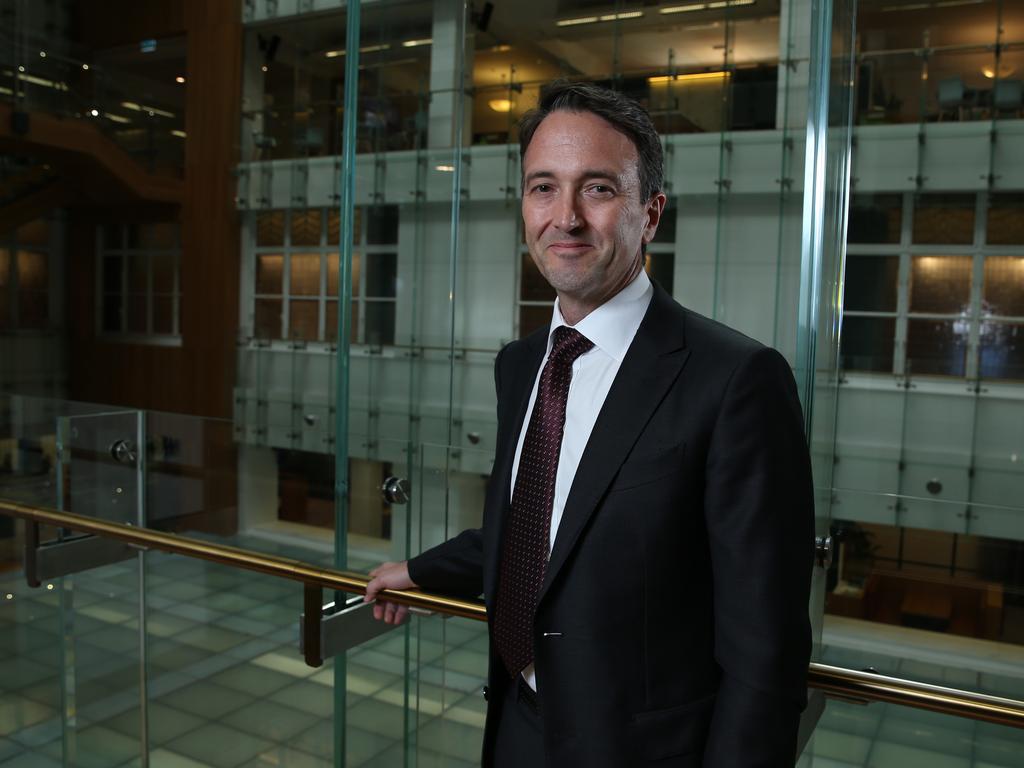AMA seeks meeting with Medibank over East Sydney Private Hospital investment
AMA wants to ensure clinical independence to avoid a US-style model where health insurers have a greater say over patient care.

The Australian Medical Association will seek assurances from Medibank, the country’s biggest health insurer, that it won’t weigh into clinical decisions after its first foray into hospital ownership.
AMA federal president Omar Khorshid said the medical industry was concerned about Medibank securing a 49 per cent stake in East Sydney Private Hospital in Woolloomooloo, saying it “was a big move by a big insurer”.
“We do recognise the private health insurance industry is in trouble and drivers for them to seek to constrain costs are well understood,” Dr Khorshid said.
“But we certainly believe that having a conversation and fundamental reform of the system, seeking to address the underlying issues that are making the product unattractive to young Australians, is probably where we need to go rather than insurers seeking to take control of more and more of the sector.”
Medibank says it will not be involved in clinical decisions and its investment in hospital ownership was doctor-led, aiming to eliminate spiralling out-of-pocket costs.
The Australian Competition & Consumer Commission confirmed it looked at the transaction but decided a public review was not warranted. Dr Khorshid said the AMA was seeking a briefing with Medibank about its investment in East Sydney Private and how it would safeguard clinical independence.
“While I’m sure Medibank will give us a lot assurances regarding clinical independence and the doctors and patients making decisions, the reality is once you own the hospital an insurer has vastly more control of what goes on in the hospital, whether it be who works there, how much is charged and the particular model of care and how patients are treated,” he said.
“It might not be the case now but in the future as these pressures that are on the industry get stronger and stronger, you can easily see an insurer who owns a hospital gradually moving in that direction.”
Health insurers have been facing growing cost pressure as younger Australians withdraw their policies, with 11,176 people aged 25-29 and an additional 9565 aged 30-34 abandoning their cover, according to Australian Prudential Regulation Authority’s latest quarterly data.
In the past health insurers in Australia have invested in hospitals. About 20 years ago, the health insurer MBF, which merged with Bupa, owned several hospitals, whereas NIB owned Newcastle Private Hospital before those assets were sold off.
Medibank group executive healthcare and strategy, Andrew Wilson, said it advocated East Sydney’s short stay model, which aimed to eliminate out-of-pocket costs by reallocating money that would normally go into lengthy hospital stays.
For example, a hip replacement in a traditional hospital setting includes about five days in the acute ward and about half of all patients spend another nine days in rehabilitation. This can cost more than $30,000, with another $2000 to $3000 or more in out-of-pockets for a patient.
But the Australian Orthopaedic Association is concerned it will open the door to a US-like managed care model, where health insurers have a greater say in the care of patients.
“The AOA remains deeply suspicious of for-profit private health insurers wishing to enter the ownership of private surgical facilities or hospital,” AOA president Andrew Ellis said.
“They do this for business development reasons but under the guise of enhancing care in ‘doctor-led’ models.
“Out-of-pocket expenses are the smallest element in this move, as the majority of fees are paid by the commonwealth through the MBS.”








To join the conversation, please log in. Don't have an account? Register
Join the conversation, you are commenting as Logout